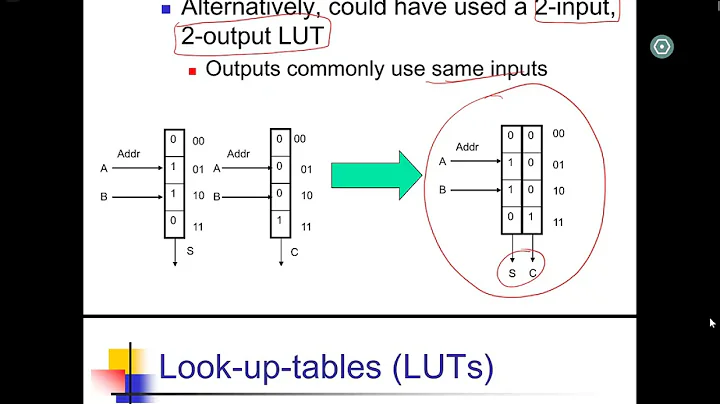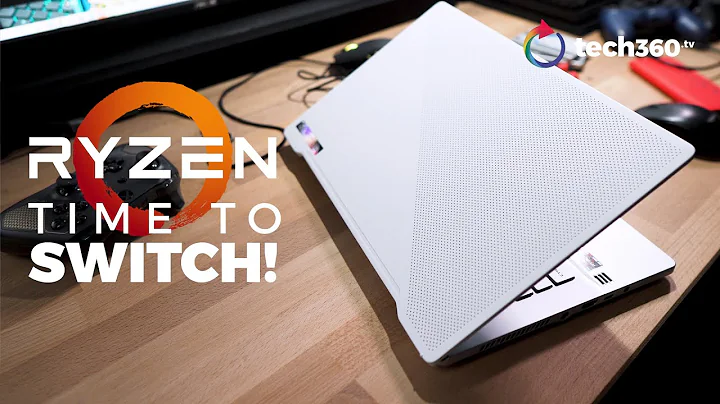Exploring Processor Addressing Modes: A Guide to Efficient Programming
Table of Contents
- Introduction
- Anatomy of a Machine Code Instruction
- Allocation of Bits
- Operation Code vs Operand
- Impact on Instruction Set and Memory Access
- Addressing Modes
- Immediate Addressing
- Direct Addressing
- Indirect Addressing
- Register Mode
- Register Indirect Mode
- Relative Addressing
- Indexed Addressing
- Other Addressing Modes
- Conclusion
Anatomy of a Machine Code Instruction
A machine code instruction is a fundamental building block of a computer program. It consists of an operation code (opcode) and an operand. The opcode represents the specific operation to be performed, such as addition, subtraction, loading data, or storing data. The operand identifies the value or memory address that the operation will be applied to.
Allocation of Bits
The allocation of bits in a machine code instruction plays a crucial role in determining the range of available commands and the amount of memory that can be accessed directly. The number of bits allocated to the opcode determines the variety of commands that can be executed by the processor. A larger opcode allows for a richer instruction set but reduces the number of bits available for the operand, limiting the memory locations that can be accessed directly. Conversely, a smaller opcode allows for more types of instructions but provides more bits for memory addresses.
Addressing Modes
Addressing modes provide efficient ways for assembly code programmers and compilers to utilize the processor's registers and memory. Different addressing modes determine how the operand bits should be interpreted for executing the instruction. Here are some common addressing modes:
- Immediate Addressing: The operand represents the actual value to be operated on. This addressing mode is efficient as the data is readily available in the instruction itself.
- Direct Addressing: The operand is a memory address containing the value to be operated on. This mode provides faster access to memory but limits the number of memory locations that can be directly addressed.
- Indirect Addressing: The operand is a memory address that contains the effective memory address. This mode requires accessing memory multiple times, resulting in slower execution. However, it enables addressing a larger range of memory locations.
- Register Mode: If the operand is a processor register, it is known as register direct mode. This mode is the fastest form of addressing as there is no need to access main memory. The required data is already available in the register.
- Register Indirect Mode: If the register contains a memory address, it is known as register indirect mode. This mode involves accessing memory once to retrieve the data.
- Relative Addressing: The effective memory address is calculated by adding an offset to the base address stored in the program counter. This mode is often used for branching instructions, allowing flexibility in program loading positions.
- Indexed Addressing: The operand is a base memory address, and the effective memory address is calculated by adding the value in the index register. Indexed addressing is useful for accessing elements of an array sequentially.
Other addressing modes exist, depending on the machine architecture, such as indexed immediate, indexed indirect, displacement mode, auto increment, auto decrement, and special addressing mode.
Conclusion
Understanding the anatomy of a machine code instruction and the different addressing modes is crucial for designing efficient computer programs. The allocation of bits determines the range of available commands and the direct memory access capability. Addressing modes provide flexibility in utilizing the processor's registers and memory efficiently. By utilizing the appropriate addressing mode, programmers and compilers can optimize the performance of their programs and ensure effective memory utilization.
Pros and Cons
-
Pros:
- Clear understanding of machine code instructions.
- Flexibility in selecting the appropriate addressing mode.
- Efficient utilization of processor registers and memory.
-
Cons:
- Slower execution with indirect addressing.
- Limited direct memory access with larger opcode.
Highlights
- A machine code instruction consists of an opcode and an operand, representing the operation and the value or memory address to be operated on, respectively.
- The allocation of bits in an instruction affects the variety of commands available and the number of memory locations that can be accessed directly.
- Addressing modes, such as immediate, direct, indirect, register, relative, and indexed, provide efficient ways to work with the processor's registers and memory.
- Immediate addressing allows the use of hard-coded values, while direct addressing provides faster memory access.
- Indirect addressing allows for addressing a larger range of memory locations but requires multiple memory accesses.
- Register mode enables fast execution as the required data is already available in the register.
- Relative addressing allows for flexible program loading positions, while indexed addressing simplifies working with array variables.
- Different addressing modes offer trade-offs between speed and flexibility in memory access.
FAQs
-
Q: Why is immediate addressing faster than indirect addressing?
- A: Immediate addressing directly accesses the value from the instruction itself, eliminating the need for memory access. In contrast, indirect addressing requires multiple memory accesses to retrieve the effective memory address.
-
Q: How does register mode optimize program execution?
- A: Register mode allows for faster execution as the required data is already available in the processor register, eliminating the need to access main memory.
-
Q: What is the benefit of using indexed addressing?
- A: Indexed addressing simplifies accessing elements of an array sequentially by adding an offset to a base memory address, improving code efficiency.
-
Q: Are there other addressing modes apart from the ones Mentioned?
- A: Yes, depending on the machine architecture, there can be various other addressing modes, such as indexed immediate, indexed indirect, displacement mode, auto increment, auto decrement, and special addressing mode.
Resources
None.
 WHY YOU SHOULD CHOOSE TOOLIFY
WHY YOU SHOULD CHOOSE TOOLIFY
































